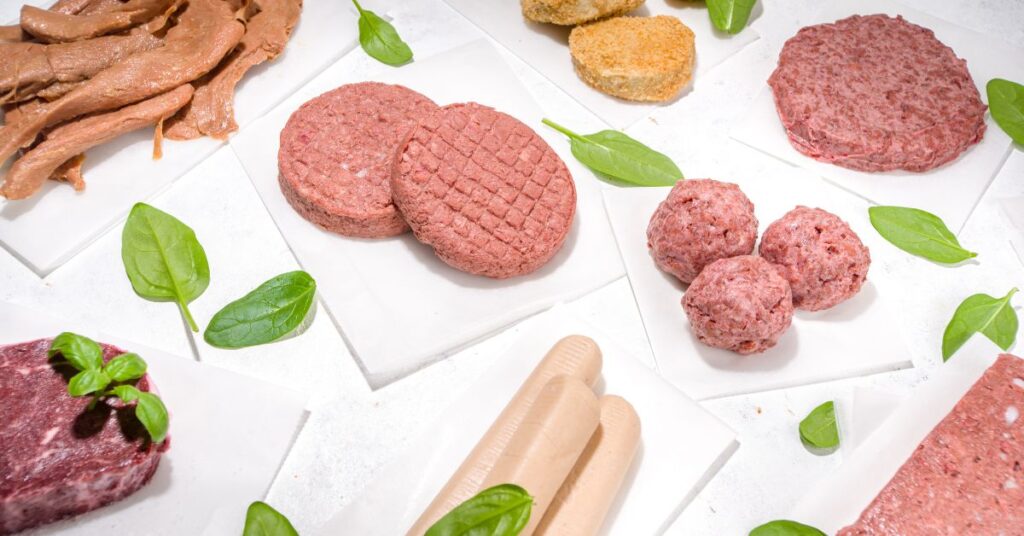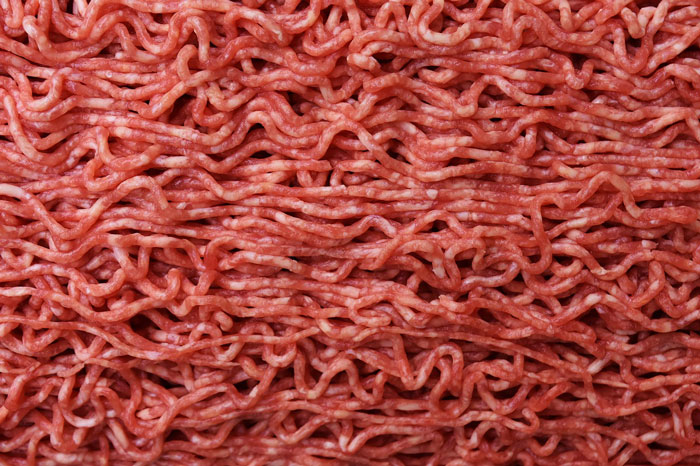

There was a time when lab-grown meat was a far-fetched idea reserved for science fiction novels and future space missions. But rapid advances in technology have begun to bridge the gap between fiction and reality and are bringing the future of food into daily life.
In late 2020, Eat Just made history as the first company to get regulatory approval for the sale of cell-cultured meat. The company’s chicken is now on the menu at 1880, a restaurant in Singapore. Other companies, like Future Meat in Israel, are working to increase production efficiency, reduce costs, and bring cultured products to the mass market as early as 2022.[1]
The resulting foods have been called by several names: in-vitro meat, lab-grown meat, cell-based meat, and even “clean” meat. Currently, “cell-cultured” is the preferred term, although this may change as the industry matures.
And the movement isn’t limited to meat. Entrepreneurs around the world are also working on animal-free versions of eggs, seafood, and dairy products. Why is this technology becoming so popular, and could it wind up replacing plant-based options as the future of protein?
The process of creating cultured proteins looks nothing like raising animals for food, and that’s exactly the point. Instead of using an entire animal, cell-cultured products start with just a few cells, which can be obtained from a piece of meat, a cell bank, or a live animal.
These cells are usually one of two types:
So far, stem cells have provided the best results. A single stem cell can grow up to 1 trillion muscle cells, which then grow into muscle tissue strands.[2] Most of this process happens inside bioreactors, where the cells are “brewed” in a liquid growth medium that includes a mixture of fats, aminos acids, carbohydrates, vitamins, and minerals. Growth factors are also required for cells to divide and grow. The combination of ingredients in the liquid culture prompts cells to differentiate into muscle, fat, and connective tissue.[3]
Companies that want to produce something other than nuggets or burgers go one step further and use what’s known as scaffolding: a three-dimensional structure similar to what naturally gives meat its shape and texture.[4] Scaffolding allows the cells to take the shape of whole cuts of meat, such as steak or chicken breast, and also reduces the time required for differentiation.[5]
At the end of the growth process, cells are harvested and turned into products whose proteins are molecularly identical to those in animal meat. The resulting foods have been called by several names: in-vitro meat, lab-grown meat, cell-based meat, and even “clean” meat. Currently, “cell-cultured” is the preferred term, although this may change as the industry matures.

Because cell-cultured meat and other products haven’t yet been consumed on a mass scale, there isn’t any scientific data to compare the health impact to that of animal-based meat. Proponents of replacing meat with cultured alternatives note that it’s possible to change the nutrient composition and create products with lower levels of cholesterol and saturated fat, resulting in what may be viewed as healthier meat.
However, the work of scientists like T. Colin Campbell, PhD points to a potential problem with this approach. Dr. Campbell asserts that animal protein, not fat or cholesterol, is the main influence in the development of diet-related diseases. If this is in fact the case, reducing either component in cell-cultured meat would do little to improve health because the proteins in the final product are animal proteins.
Cultured meat is also not immune to problems with cellular mutations, which are normal in the natural process of cell division. Although the potential health implications of this are unclear, it’s worth noting that the environment in a bioreactor is very different than an animal’s body, where the immune system would ideally identify and remove aberrant cells before they became problematic.[6] Sterility is also essential to prevent bacteria from entering the culture.
There are, however, some positives to growing meat from cells. Bioreactors are much cleaner environments than factory farms, so there’s little risk of contamination with E. coli or other pathogens derived from fecal matter. No antibiotics are needed in the production process, and it’s much easier to trace final products back to their origins—unlike conventional products like ground beef, which may contain meat from many different animals.
Proponents of switching from factory-farmed meat to cultured meat assert the change would dramatically reduce land, water, and fuel use and result in a dramatic reduction in greenhouse gas emissions.
However, some studies suggest the long-term benefits wouldn’t be as extensive as were first hoped. Early studies showed cell-cultured meat cutting greenhouse gasses by as much as 96%,[7] but newer data call this into question. When comparing the types of gasses emitted by both animal agriculture and cultured meat production, cultured options could have a more significant impact over time as gas emissions accumulate.[8]
Factors such as the level of meat consumption and the type of energy used to produce cell-cultured products affect potential environmental outcomes.
Currently, global meat consumption hovers around 350 million tons per year.[9] According to Mosa Meat, one of the leading companies in the cell-cultured space, 10 tons of meat could potentially be produced from a single tissue sample.[10] That means 35 million tissue samples would be required to satisfy the current demand for animal-based foods.
However, some supporters of a shift to cell-cultured products envision the future of meat as a combination of plant-based and cell-based, which may be necessary to make any significant impact on a meat market worth $1.3 trillion per year.[11] The cell-based meat market is projected to be worth $94.5 billion by 2030, and plant-based meat could exceed $23 billion by 2024.[12] At only 9% of the total meat market, these two industries have a long way to go in the quest to replace animal meat.
Omnivores and flexitarians are the main audience for cell-cultured meat products, but it remains difficult to sell the concept. Many people are still uncomfortable with the idea of eating food “grown in a lab,” even younger consumers who openly embrace plant-based options.[13] Thus far, the industry hasn’t been able to overcome cultured meat’s image of being unnatural and abnormal.

Consumer acceptance is just one of many hurdles cell-cultured products face in going to market. Other challenges include:
Whether these challenges can be addressed in a way that allows cell-cultured meat to become a household staple remains to be seen.
What does the growing interest in cultured animal proteins mean for people who follow plant-based diets? While there isn’t any available science to show whether cell-cultured products have the same health impacts as conventional meat, research does support numerous health benefits of eating more whole plant foods. Choosing whole food, plant-based options the majority of the time is associated with a lower risk of chronic disease and also results in a lower environmental impact than a diet that includes conventional meat.
Until evidence-based data shows otherwise, it’s best to keep meat off the menu and focus on whole plant proteins from beans, lentils, nuts, and seeds.
Copyright 2026 Center for Nutrition Studies. All rights reserved.